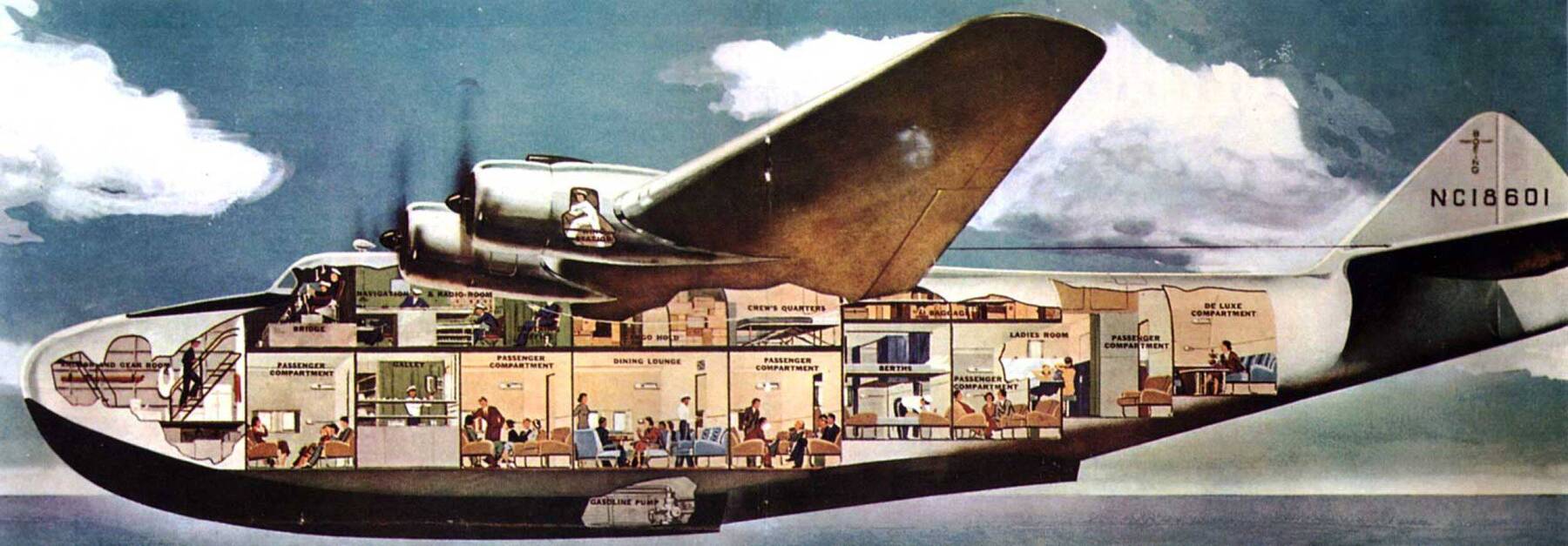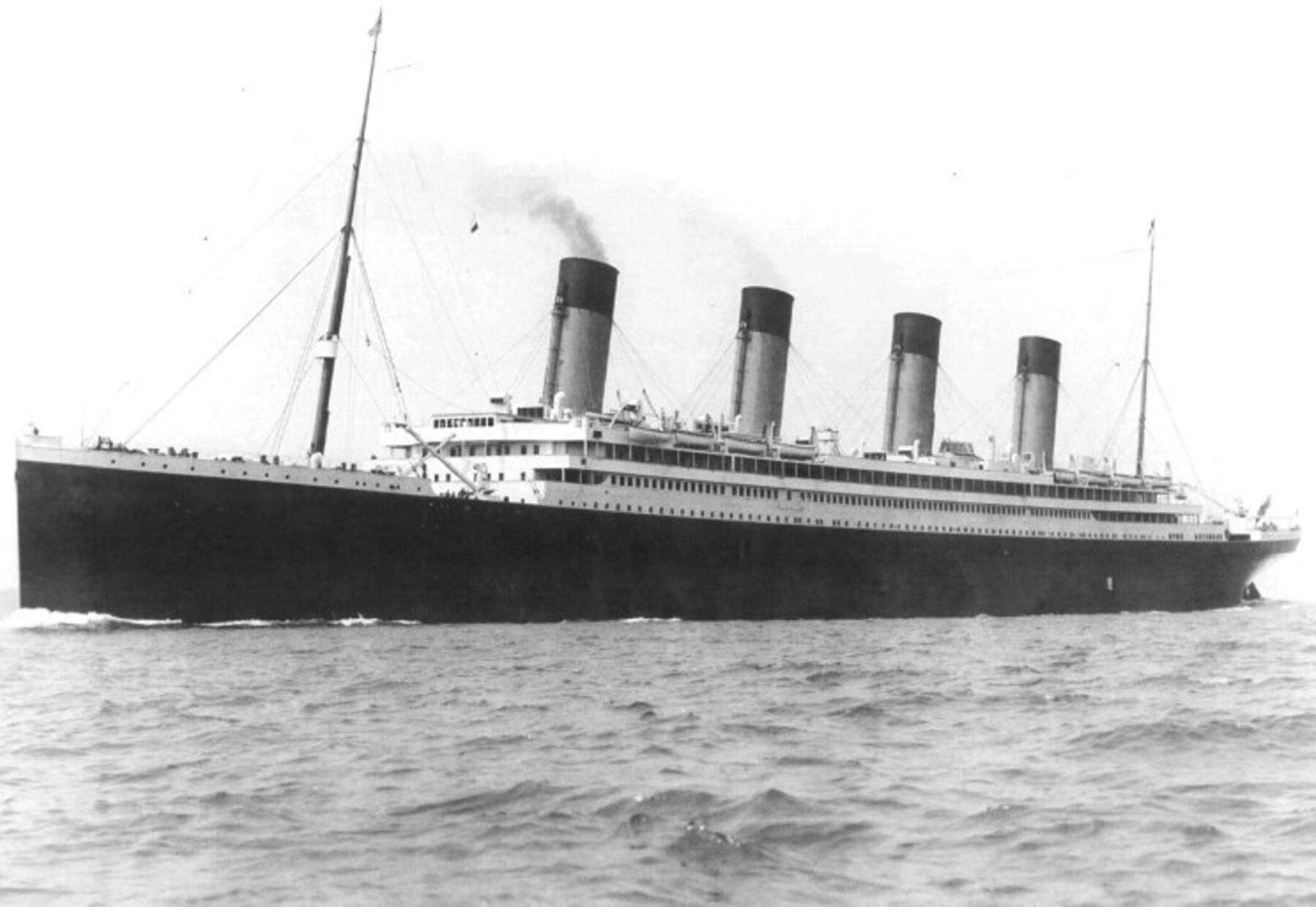The Hindenburg & Graf Zeppelins
These vast rigid airships ruled the skies before the Hindenburg burst aflame above Lakehurst in 1937 — taking with it the future of lighter than air travel. And despite their size, they lifted effortlessly. Sailing through the skies at modest speeds that accentuated carefree journeys over destinations. Their exteriors were a striking silver, their interiors divided into elegantly laid out public rooms, promenades, restaurants, writing rooms, cocktail bars, and, terrifyingly when one considers the Hindenburg disaster, smoking rooms.
But these Zeppelins were meant to be the ocean liners of the sky and like the cruise ships of the day, they boasted snug private cabins finished to luxurious yet homely standards in a playful Bauhaus style, designed by Fritz August Brehaus de Groot — interior designer of the S.S. Bremen Luxury Liner. But an interesting design quirk of Zeppelins was the walls that were made from fabric coated foam to lessen the weight of the ship. In fact, much of the interiors were designed in this manner. Tables and chairs were made from hollow aluminium tubes, cabin sinks constructed from plastic, kitchens made entirely from aluminium, and there was even a lightweight piano in the lounge of the Hindenburg, made from Duralumin and coated in pigskin.
But that’s where the frugality ends. For example, dinners aboard the Hindenburg were extraordinary, as were the plates and teapots that were inlaid with heavy gold. Chef Xaver Maier who served aboard its final trip had come from the Paris Ritz and served fine but quite traditional meat-heavy German cuisine (which didn’t sit well with many of the passengers — who drank the entire supply of Gin on the maiden voyage). But after those languorous flights between the Americas and Europe, thousands of cocktails shaken, the world’s first catholic mass held in the air, tonnes of mail carried and some 3,500 passengers catered to, it all came to an end, as things all too often do, in fire and smoke.
However….. Zeppelins are back and flying custom tours above Munich and other places, and while it’s not quite the same luxurious experience as before, the incredible-looking HAV Airlander is promising that hyper luxurious, zero-carbon flights (with a helium-filled hull), will start in the early 2020s.






















Comments